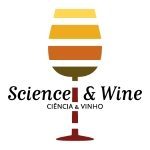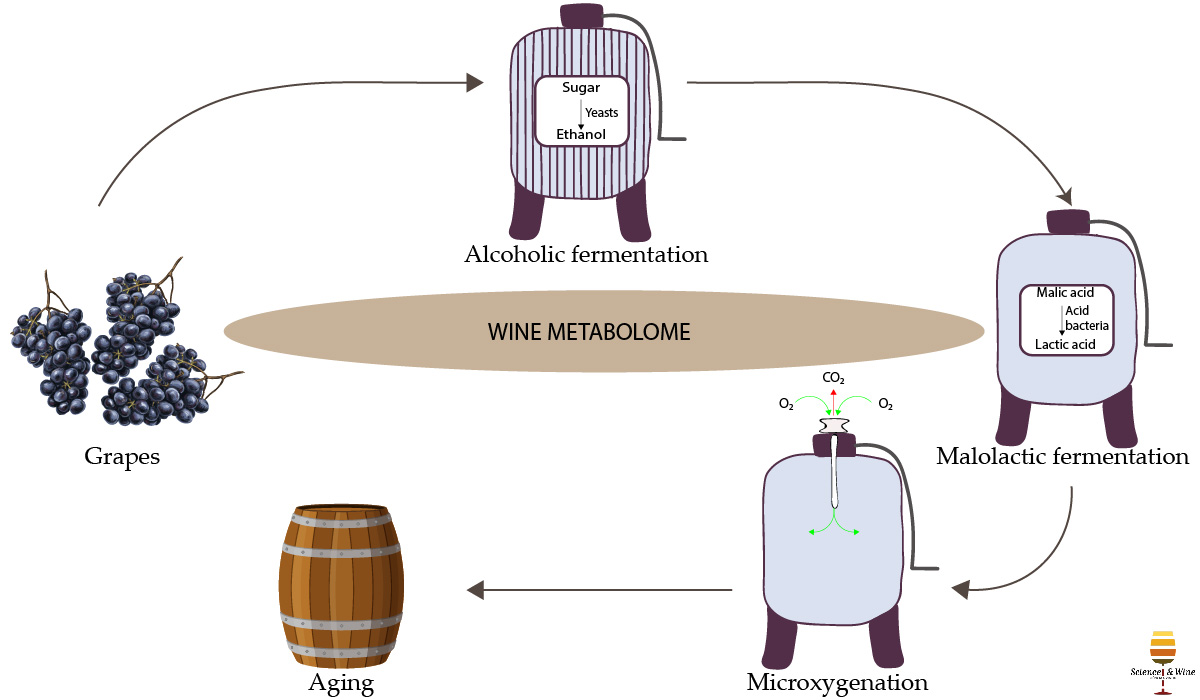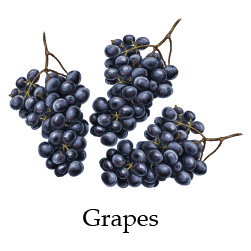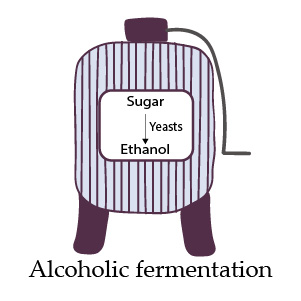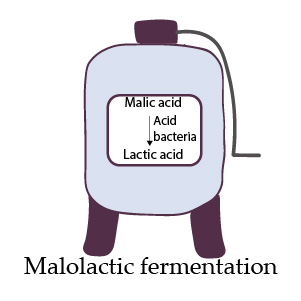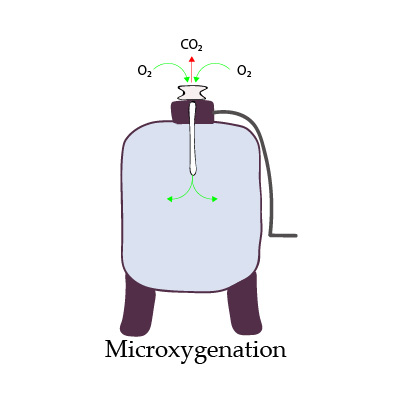By Panagiotis Arapitsas
According to the International Organisation of Vine and Wine (OIV), wine is defined as the beverage resulting exclusively from the partial or complete alcoholic fermentation of fresh grapes. On the other hand, wine scientists in order to define, study and understand wine, divide it up into its individual components. In fact, the classic scientific approach to study any sample is to use targeted methods able to provide information about a small and well-defined number of metabolites (e.g. only some specific sugars or lipids or polyphenols). Lately, scientist started to use holistic/untargeted analytical approaches and try to follow the largest number of metabolites possible, without pre-define the metabolites of interest. Researchers working in this field known as metabolomics, are usually surprised in front of the richness of the wine metabolic fingerprint.In fact, between others, wine is a unique food/beverage because of its wide metabolic space coverage. Wine could be the richest food/beverage in term of number of metabolites. Let’s see why:
The about 2000 known wine metabolites are just the top of the iceberg, because many detectable metabolites are unknown and many more are undetectable with current analytical technology. Recent publications in wine metabolomics reported over 10 000 features (signals) registered in a wine holistic analysis. Such a complex matrix could be comperated only with the human metabolome. All the above make wine one of the most interesting and appealing model vehicle to study complex metabolic environments.
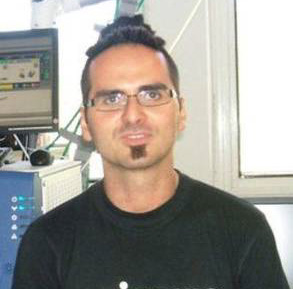
Panagiotis Arapitsas studied Oenology and Beverage technology at T.E.I. of Athens (Greece) and later he earned his M.Sc. in Methods of Synthesis in Organic Chemistry and his Ph.D. in Polyphenols Chemistry and Food Quality at the University of Florence (Italy). During this period, his research activity was divided in laboratories of Analytical Chemistry (T.E.I. of Athens, University of Gent, University of Florence, and University of Uppsala), Organic Synthesis (University of Florence), Electrochemistry (University of Florence), Microbiology (Universities of Turin and Perugia), and wineries (Greece and Italy).
In 2010 he joined the Food Quality and Nutrition Department of Fondazione Edmund Mach where his activity focused in Food and Wine Metabolomics. In particular, his object is to establish methodologies for investigating fruit and wine metabolomes, by developing analytical protocols mainly with LC-MS techniques, data treatment and biomarker identification and validation.
